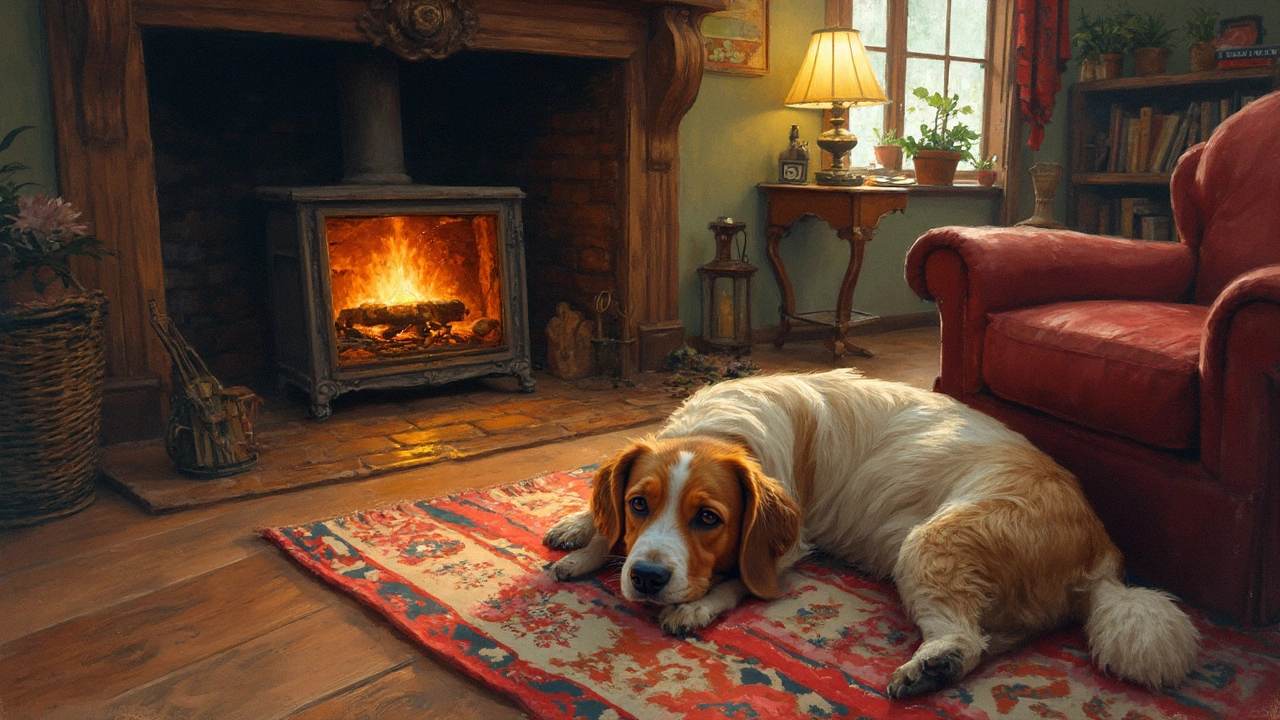Floor Sleeping for Dogs: Why It Works and How to Do It Safely
Ever catch your dog sprawled out on the carpet and wonder if that’s a good thing? Floor sleeping isn’t just a cute habit—it can actually be healthy, but only if you get the basics right. Below we’ll walk through the real upsides, the potential pitfalls, and a quick checklist to turn any floor into a safe, comfy lounge for your furry friend.
Benefits of Letting Your Dog Sleep on the Floor
First off, the floor can help a dog stay cool in summer. A hard surface doesn’t trap heat like a plush bed can, so many pups instinctively seek it when it’s warm outside. Second, floors are easy to clean. A quick sweep or vacuum gets rid of hair, dirt, and any accidents, keeping your home healthier for both you and the dog.
Third, some dogs develop better posture on a firm surface. When they lie on a soft cushion, their spine can curl oddly, leading to aches over time. A flat floor encourages a natural alignment, which many vets spot as a benefit for older dogs or breeds prone to joint issues.
Lastly, floor sleeping can be a sign of confidence. If your dog feels safe enough to lounge low, it usually means they trust their environment and the people in it. That’s a good vibe you want in any pet household.
How to Make Floor Sleeping Safe and Comfortable
Even though the floor has perks, you still need to set it up right. Start with a clean, non‑slippery area. If you have hardwood or tile, lay down a thin rubber mat or a washable rug. This gives a little cushion while still letting the cool surface do its job.
Watch the temperature. In colder months, a floor can get chilly fast. A low‑profile blanket or a heated pad (set on low) adds warmth without turning the spot into a fluffy trap. Just make sure the pad is pet‑safe and has an automatic shut‑off.
Keep the spot free of hazards. Cords, small toys, or sharp objects can cause injuries. A tidy floor means fewer chances of a snag or bite.
Watch your dog’s body language. If they’re constantly shifting, whining, or seem restless, the floor might not be right for them. Some breeds, like Bulldogs or older dogs with arthritis, still need a supportive bed. Offer a soft option nearby and let them choose.
Finally, rotate the sleeping spot occasionally. Dogs love a change of scenery, and moving the mat to a different room can keep the area fresh and give you a chance to clean any hidden messes.
Bottom line: floor sleeping can be a win for cooling, cleaning, and posture, but only when you add a bit of slip‑resistance, temperature control, and safety checks. Keep an eye on how your dog behaves, and adjust as needed. With a simple mat and a bit of attention, your pup can enjoy the best of both worlds—comfort and health—right on your floor.
Is Sleeping on the Floor Bad for Dogs? Uncover the Truth About Your Furry Friend's Comfort
Wondering if letting your dog sleep on the floor is harmful? This article dives into the comfort, health implications, and suitable solutions for your pet's sleeping habits. Understand when floor sleeping is acceptable and when to consider alternatives to ensure your furry friend's well-being. Get practical tips on spotting discomfort and making your pet's sleeping arrangement cozy. Gain insight to make informed choices about your dog's sleepy-time needs.
